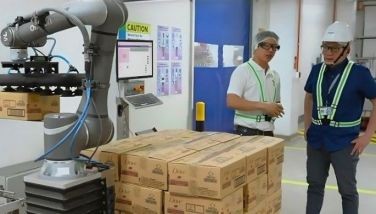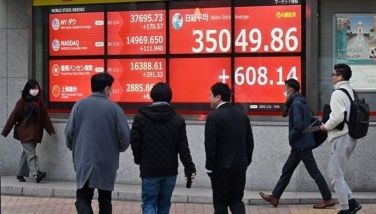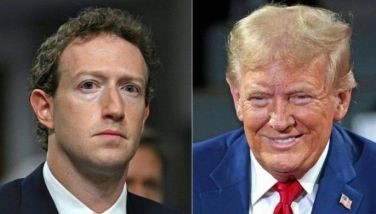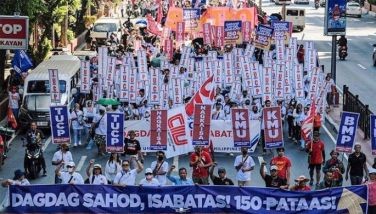Anxieties over the Landbank-DBP merger

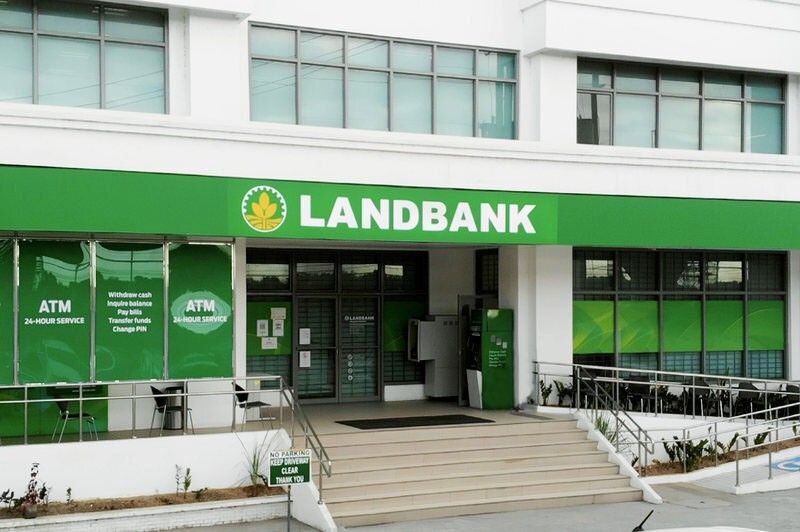
As the Land Bank of the Philippines (Landbank) prepares to become the country’s biggest bank in terms of assets at P3.8 trillion, its expected merger with the Development Bank of the Philippines (DBP) raises anxieties given the blow cold-blow hot history of the whole idea that started more than a decade ago.
As early as 2006, then president Gloria Macapagal-Arroyo supported the idea espoused by her finance secretary Margarito Teves to merge Landbank and DBP “to give the government more funds to pump prime the economy through loans to farmers and small entrepreneurs.”
For one reason or another, the merger did not happen during the extended years of Arroyo’s term, which started when her predecessor Joseph Ejercito Estrada was impeached in 2001.
The succeeding president, Benigno “Noynoy” Aquino III, likewise approved the merger, but only towards the last months of his term. The procrastination was so very much Noynoy, letting all the debates about the pros and cons of a proposed merger simmer before making a decision.
A presidential executive order was signed by Aquino III, which was promptly supported by the Lower House, but not the Senate. With national elections coming up, the EO barely moved.
Changed tune
One of the first actions under the next government of former president Rodrigo Duterte was the cancellation of the Aquino EO. Strangely, it was the oversight body for government-owned or -controlled corporations (GOCCs) that approved the EO cancellation.
In the Aquino EO issued in February 2016, the Governance Commission for GOCCs (GCG) green-lighted the merger “in the best interest of the State ….” Just four months later, under a new leadership, the GCG recommended to Duterte to abandon the plan and cancel the implementation of Aquino’s EO.
In Philippine politics, one can easily understand why a new administration abandons programs and projects by a previous administration. However, when an oversight body that should carry some degree of impartiality in protecting state interest changes its tune in less than half a year, something seems wrong.
In this quick change of heart, though, it should be mentioned that the new GCG had former finance secretary Carlos Dominguez III and then budget secretary Benjamin Diokno as ex-officio members. As Duterte’s most powerful Cabinet members overseeing the country’s economic affairs, who would dare raise a squeak of protest.
At that time, Dominguez was vocal in expressing his view that the Landbank and DBP merger would not be in the interest of the public given that the two institutions had different functions, with Landbank focused on serving the agricultural sector, while the DBP is more for industry.
Salvaging UCPB
What Dominguez did not say was that Landbank was eyeing to save United Coconut Planters Bank (UCPB), another government-owned bank that was still going through a number of financial problems even after the Philippine Deposit and Insurance Corporation (PDIC) had infused massive capital.
UCPB was formerly First United Bank (Philippines), owned by Jose Cojuangco, before the Philippine Coconut Authority under Juan Ponce Enrile purchased majority shares. The reborn bank was intended to provide loans for coconut farmers at low interest rates.
Embroiled in a number of controversies related to the coconut levy funds and state meddling, UCPB lost its bearing despite several attempts to shore up its finances. By 2018, the Philippine government already had a 97 percent stake in UCPB. By 2021, it was regarded as a lost case, and upon Duterte’s order, was merged with Landbank.
UCPB had to be salvaged, especially since in the words of Dominguez, it “posed a potential risk of [the bank’s] failure” that would have cost PDIC the hefty sum of P150 billion. Letting Landbank, which was and still is the biggest government-owned bank with a healthy balance sheet, acquire UCPB became one of the crucial tasks that Duterte’s economic team prioritized, but very much below the radar of public scrutiny.
UCPB, before being gobbled up by Landbank, still ranked among the top 20 banks in the country in terms of assets, with more than 180 branches in existence.
Heavily state-funded
Landbank, since its inception in 1963 through the Agricultural Land Reform Code, grew to become the country’s second biggest bank in asset terms, next only to the Sy family’s BDO Unibank, Inc., by focusing mostly on extending credit in rural areas. Landbank’s growth in size is largely due to the government’s continued capital infusion.
As a state-owned bank, Landbank is graded on how well the Philippine government performs, and while the bank had received slightly negative reviews during the pandemic after expending so much money on dole outs and subsidies, its outlook has sprung back to more positive territory with the Philippine economy expected to continue performing well this year and next.
Economic analysts from the private sector have welcomed the resumption of stalled talks towards merging Landbank and DBP, citing a plethora of cost-saving advantages and the elimination of overlapping functions. This time around, dissent may not reverberate as much as during Aquino’s term, which would almost ensure the passage of laws that pose as legal impediments to the merger.
Incidentally, Landbank and DBP have been named as sources of the start-up funds for the government’s proposed sovereign wealth fund, aka Maharlika Investment Fund (MIF). The merger of the two banks might just make it easier for the MIF to get off the ground.
How this will all turn out, that is, if these will all be really for the good of the state and the Filipino people, we will know in the coming years.
Facebook and Twitter
We are actively using two social networking websites to reach out more often and even interact with and engage our readers, friends and colleagues in the various areas of interest that I tackle in my column. Please like us on www.facebook.com/ReyGamboa and follow us on www.twitter.com/ReyGamboa.
Should you wish to share any insights, write me at Link Edge, 25th Floor, 139 Corporate Center, Valero Street, Salcedo Village, 1227 Makati City. Or e-mail me at [email protected]. For a compilation of previous articles, visit www.BizlinksPhilippines.net.
- Latest
- Trending






